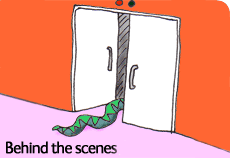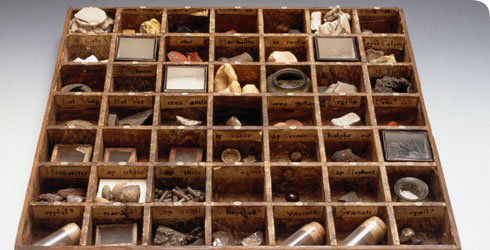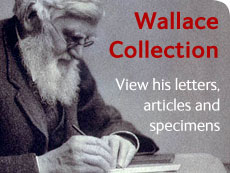Who were the first collectors?
The Natural History Museum owes its beginnings to Sir Hans Sloane, an eighteenth-century collector. He acquired over 80,000 items, including a valuable herbarium, vast numbers of animal and mineral specimens and a huge library of rare books, forming the single largest collection of any individual in Europe.
After his death in 1753, Parliament agreed to buy his collection, which was to be stored together, for the nation. This became the basis for the foundation of the British Museum, which opened its doors to the public in 1759.
Over the next 100 years many more natural history specimens were added. These included such treasures as the Banks herbarium, donated by Sir Joseph Banks after his 1768 voyage with Captain James Cook on the Endeavour.
As space became limited, Sir Richard Owen, superintendent of the British Museum's Natural History department, persuaded the government that a new museum was needed to house the expanding collections. What is now known as the Natural History Museum opened to the public on Easter Monday, April 1881.
Over the years, voyages of discovery have added to the Museum's bounty. These include the Challenger round-the-world journey (1872-1874), Captain Scott's Terra Nova British Antarctic expedition (1910), the Museum's own trip to the dinosaur-bearing deposits of Tanganyika (1924-1931), and the John Murray expedition to the Indian Ocean (1933-1934).
Many benefactors have enriched the Museum's collections since its beginnings, but the biggest and most important bequest was made by Lionel Walter, Second Baron Rothschild (1868-1937). The Natural History Museum at Tring, Hertfordshire, has been part of the Museum since Rothschild's death, having formerly been his own private collection and zoo. It is particularly renowned for its bird collection and holds about one million bird skins, including 95 per cent of all known species.
The merging of the Geological Museum and the Natural History Museum in 1985 was also of great importance. These collections now form the basis of the Earth Galleries.
Toolbox

Last year nearly 100,000 specimens were loaned to scientific institutions and researchers worldwide.

